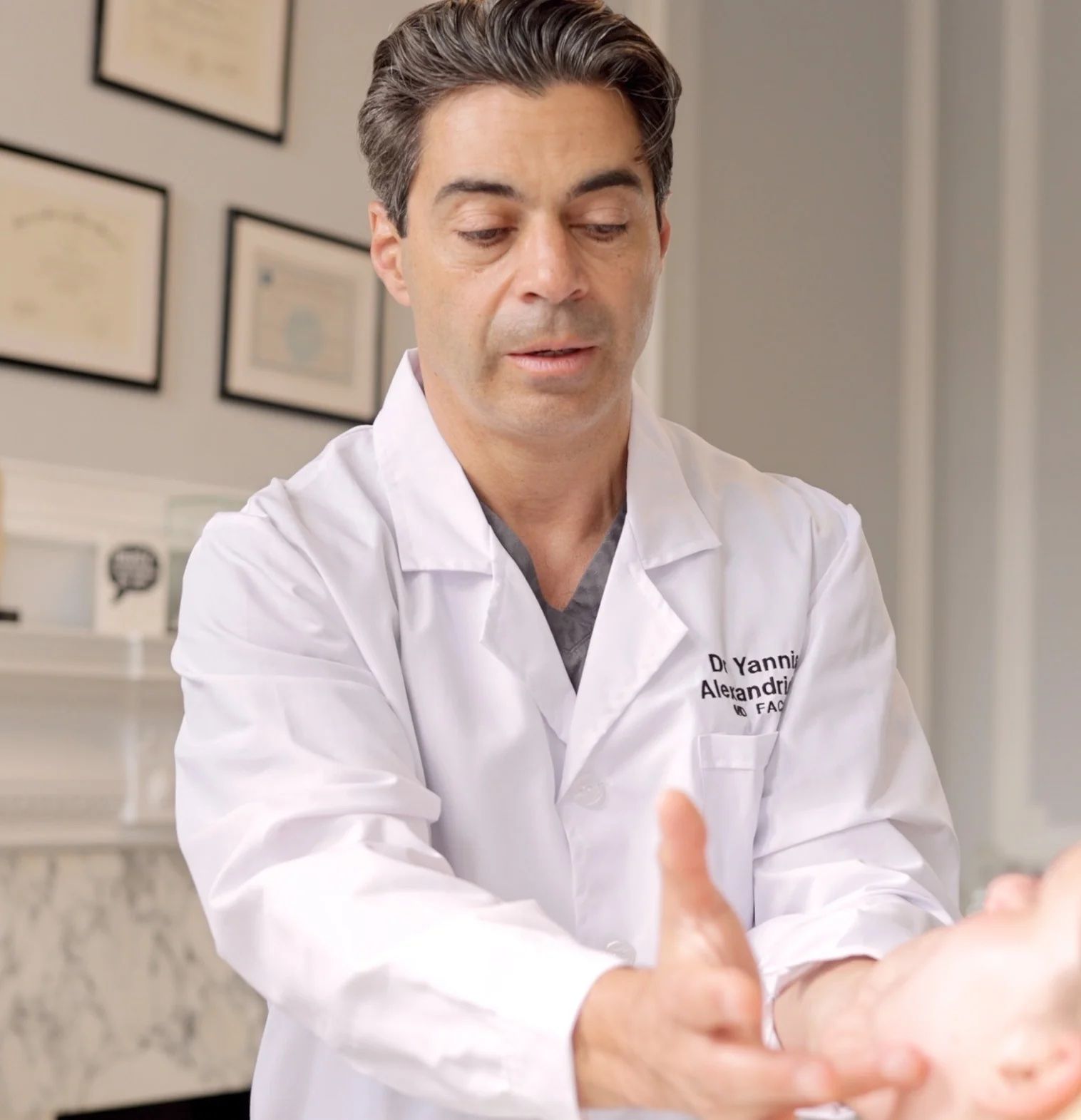Mercedes-Benz is a luxurious car known for its reliability, performance, and comfort. However, regular maintenance is important to maintain its performance. The B service is a routine service that enhances the car’s performance. This guide provides a checklist to understand B series services.
Understanding the B Series Service
The B Service is routine maintenance, which is supposed to be done by the interval of Mercedes Benz to keep your vehicle in the condition of perfection. Generally, it encompasses usual checkups, fluid replacement, and component replacement for the purpose of fixing manufactured wear and tear. You can get B services for your Mercedes-Benz from a European auto repair shop Houston to maintain the performance.
Filter and Oil Change
The first service on your B Series is an oil and filter change. Just as regular oil changes are essential for engine health and performance, it is advisable to keep an eye on the other vital fluids and filters that keep its systems running smoothly. Use only Mercedes-Benz recommended synthetic oil of comprehensive grade and replace the oil filter in order to have a better filtered and lubricated oil system.
Topping Up Essential Car Fluids
Check and top up all essential fluids in your Mercedes-Benz, including:
- Check that the coolant level in the reservoir is within the MIN and MAX marks. Whether you need to top off your coolant or not, add the appropriate mixture of coolant.
- Ensure you check and top up the brake fluid level in the reservoir and look for any signs of contamination or change in color. Put four brake fluids in the tank if necessary.
- Check the level of the power steering fluid and look for leaks or contamination to ensure the component is working correctly. If necessary, add the recommended amount of fluid to the initial liquid.
- Check whether the transmission fluid is at the appropriate level and in good condition. If it is dark-colored or murky, it may be advisable to drain and refill it.
Suspension and Steering Components
Perform a visual inspection of suspension and steering components:
- Inspect shocks and struts for leaking, corrosion, and breakage. Change or substitute worn or damaged body parts to maintain good riding quality and correct vehicle balance.
- Check the control arms and bushings for wear, cracks, or play. Replace worn or damaged bushings to prevent squeaks or other suspension noises and handling issues.
- Inspect steering linkage components such as tie rods, ball joints, and shock absorbers to see wear and fastening conditions. Install new or refurbish any worn or loose components to get the required steering response.
Tire Inspection and Rotation
Inspect tire condition and perform tire rotation.
- Check the tire tread depth with a tread depth gauge and make sure that it is at least within the safe limits. Use tires with tread depth that meets or exceeds the prescribed minimum.
- Tire pressure can significantly influence fuel economy. Check your tire pressure and adjust it if needed according to the manufacturer’s recommendations. Maintaining proper tire inflation gives you the best possible mileage per gallon and a longer tire life.
- Tire rotation needs to be done regularly to make the tires last longer and distribute the wear evenly. The Mercedes-Benz specified rotation schedule is the one recommended.
Brake System Inspection
Inspect the brake system components for wear and functionality:
- The brake pad thickness is also to be checked as well as the thickness of the brake rotor is to be measured. Change the damaged pads or bent rotors if necessary to ensure safety while braking.
- Perform a leak check of brake lines and hoses for indications of leaks, cracks, or wear and tear. Eliminate any damaged components to prevent brake system malfunction.
- Check brake caliper action for proper operation and look over for possible loose or corroded hardware. Keep caliper slides lubricated and replace hardware as necessary.
Battery and Electrical System Check
Inspect the battery and electrical system for proper operation:
- Battery health: Whether you are building a cycling device, a clock, or a hoverboard, it is essential to test the battery’s voltage and conductivity to ensure that it is retaining a charge and delivering enough power. If it does not meet the specifications, replace the battery.
- Electrical connections: Look for rust or excessive corrosion on battery terminals and electrical connections. Ensure that connections are tight enough. Check and tighten the connections as required so you will not encounter problems with starting and charging.





